The Peak Design Cuff is something different in the world of camera wrist straps. It isn’t just any old loop with a split ring, the Cuff is part of a unified system of wrist straps and neck straps that can be installed or removed in seconds. What’s more, you need only one cuff or one strap, such as the Peak Design Leash, to serve all your cameras.
With all due modesty, I regard myself as something of a camera strap and case connoisseur. I look for the best and for many years have been fixated on finely crafted leather straps and wrist straps, most of them attached to the camera employing a split ring, the cause of many split nails. I have a cupboard full of straps and, I jest not, I could “wear” a different one every day of the year. In some ways, it’s too much — a bit like collecting fine Swiss watches and not knowing which one to wear as you are getting dressed in the morning.
Peak Design to the rescue
San Francisco-based Peak Design (hence the name) has been a respected presence in the camera-strap world for many years. I’ve tried products in the past but, at least in the past 15 years of digital Leica use, I’ve not paid much attention to the company. Then I read about the Cuff and the system, which is based on “Anchors” which attach to the camera with a short but very sturdy loops. The Peak Design Cuff and other straps in the range can be clicked onto the anchor in seconds.
The system also solves the conundrum of whether to sally forth with a wrist strap (which I prefer for pottering around town) or a neck strap. With the Peak Design system, you can swap between wrist and neck straps in seconds.
After unpacking the Peak Design Cuff, I was in business almost immediately when I threaded an Anchor loop through the strap slit on the Panasonic S5II, the poor person’s SL2-S. Perfect, and the cuff strap was clicked onto the connector in no time. So far, so good.
But this doesn’t work…
No such luck with the small eyelet lugs on your typical Leica camera. This is the Q3. Desperate measures are needed.
Dental floss treatment
Above: Steps on the way to success (clockwise) — No way I’ll of get it through that hole; Eureka, a length of dental floss to the rescue; Success; Inserting the Anchor into the mount; Adding a strap. Home and dry
But disaster struck when I tried to attach an Anchor Link to a lug on my Leica Q3. No go, the loop was too flexible to be pushed through, although it looked as thought it would just about fit. What I required, I concluded, was some very thin but tough material that could be used to pull the Anchor loop through the lug. Google soon found the answer:The Dental Floss Treatment. This involves visiting the local pharmacy and purchasing a small dispenser of waxed dental floss.
Sure enough, I was able to use a foot or so of floss to pull the Peak Design Anchor loop through the lug. From then on, it was easy, and I soon had an Anchor threaded through the right-hand lug of my M11. These Anchor Links look rather cute, dangling off the lug. They’re just like mini Apple AirTags and feature a red outer ring to satisfy Leicaphiles.
The Peak Design Cuff in use
I am extremely impressed by the quality, comfort, and versatility of the Peak Design Cuff. Not only does it click on and off the camera in a couple of seconds (just press on the Anchor tag and slide it backwards, and it is detached), it embodies several useful aids to comfort. The metal retaining sleeve, which is used to adjust the size of the Cuff, is initially locked into place near to the Anchor connector, thus keeping the wrist opening at maximum size. Firm pressure allows the retaining sleeve to detach from the connector, and it is then used to adjust the size of the cuff to your wrist. It will stay in place in any intermediate setting.
If you prefer a looser fit, the mechanism is at the ready to help prevent damage to the camera. If you drop the camera, the metal sleeve instantly moves to tighten the strap around your wrist.
Peak Design Cuff: Comfortable
In use, this is one of the most comfortable wrist traps I have ever used. The 19mm strap is made from a smooth seat-belt style webbing and is backed by a faux leather strip at the furthest extent. This strip of leather serves a purpose other than cosmetic. It ensures that the loop is always kept open so you can slip your hand through instantly. Significantly, the relatively wide webbing material avoids the annoying twisting that is endemic with cheaper camera straps, as supplied with many mainstream brands.
Peak Design’s ingenuity doesn’t end here. The Cuff can be wrapped around the wrist in the form of a bracelet. It isn’t unattractive, in an industrial-design kind of way, but I wouldn’t agree with Peak Design’s strap guru when he describes it as a “super cool fashion accessory”. But it works, and is comfortable. It enables you to wear the cuff, leaving your camera in the bag without a strap, thus making it easier to add and remove. Most straps, especially thicker leather versions, are rather bulky snakes when you have to push them down into the Billingham.
If you are carrying two camera bodies, the Peak Design Cuff makes even more sense. Equip the bodies with Anchor Links and keep the Cuff on your wrist, ready to be used with either camera.
Negative points? Currently, I can’t see any, apart from these the straps not being as elegant as many dedicated leather options for Leicas. Peak Design appears to have all the bases covered with this remarkable Cuff wrist strap. If I wish to be picky, I could complain that the plastic Anchor connector is a bit obtrusive when holding the camera, but after a few days I am fully at ease with that. It is really no bulkier than the typical leather wrist strap, but it is more comfortable overall. It is just that the hard plastic is not as forgiving.
How durable is it?
Peak Design tells me that the little Anchors, with their flexible loop, are good for 90kg. So that should cover the SL2 and 24-90 at least. For the Q, M and (dare I mention), the CL, it’s a doddle. I note a warning that comes with the Anchors — to replace them if the yellow middle layer of the three-layer layer material begins to show through. This is a sensible way of giving advance warning that a replacement is necessary. It’s also a safeguard against a disastrous parting of the ways.
The Anchor Mount system
The Anchor Mount fixing system also applies to several neck straps in the range.
I asked to try the Peak Design Leash, which is a lightweight strap with one-finger length adjustment. It still supports equipment weighing up to 90kg, as does the Cuff. It has a maximum length of 1450mm and a minimum of 830mm. Made from seatbelt-style nylon webbing, with “Hypalon” or leather accents (depending on colour), the strap is 19mm wide. It features two quick-release adjusters which automatically take up the slack and avoid unsightly cable ends flapping around.
While the Leash is perfect for the Leica Q and M, a wider strap, such as the Slide and Slide Lite are worth a look if you intend to use heavier bodies and lenses.
With the one Leash and Cuff, I am pretty well-equipped for any camera (except the little Ricoh GRIII where a much lighter wrist loop is preferable) I might own or borrow. All I need is a stock of those cute little Anchor connectors.
Conclusion
After a long period of agonising over smart leather straps and splitting my nails on those pesky rings, I intend to give the Peak Design system a whirl. The augurs are good so far, but I will give you an update later, especially if I find any annoying little problems. Meanwhile, it’s one strap, one cuff and as many cameras as I can lay my hands on.
More on camera straps
Join the Macfilos subscriber mailing list
Our thrice-a-week email service has been polished up and improved. Why not subscribe, using the button below to add yourself to the mailing list? You will never miss a Macfilos post again. Emails are sent on Mondays, Wednesdays, and Fridays at 8 pm GMT. Macfilos is a non-commercial site and your address will be used only for communications from the editorial team. We will never sell or allow third parties to use the list. Furthermore, you can unsubscribe at any time simply by clicking a button on any email.


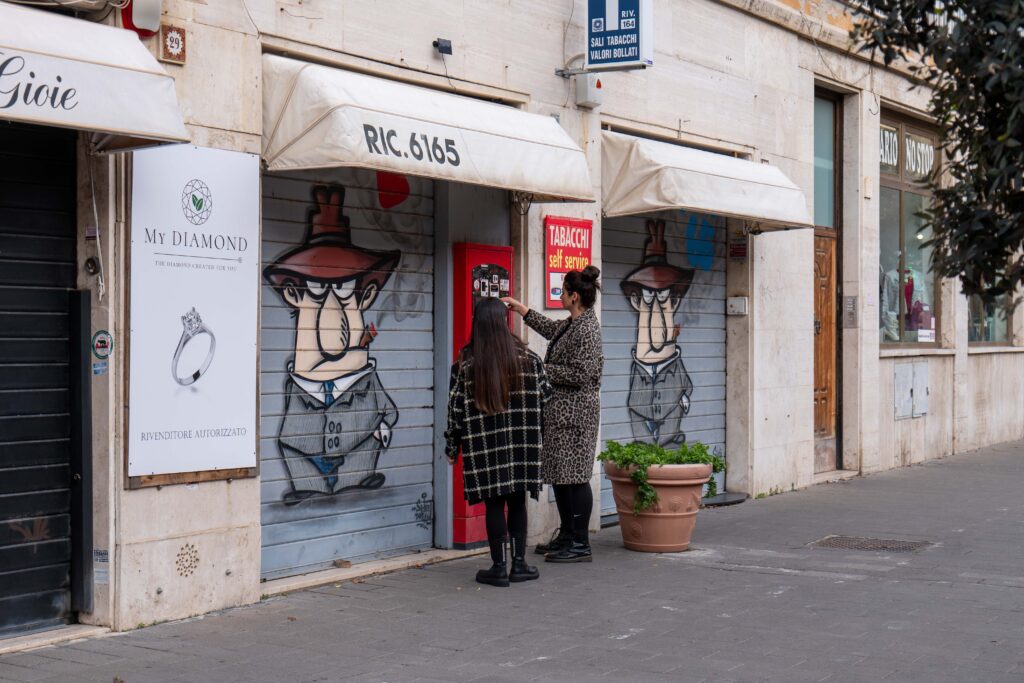
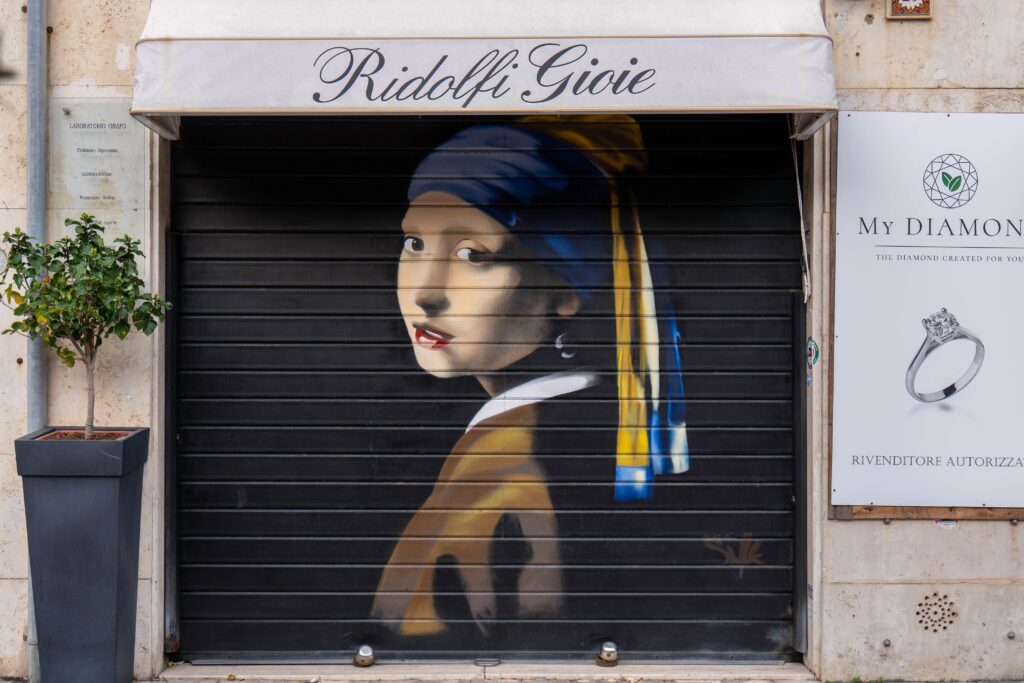
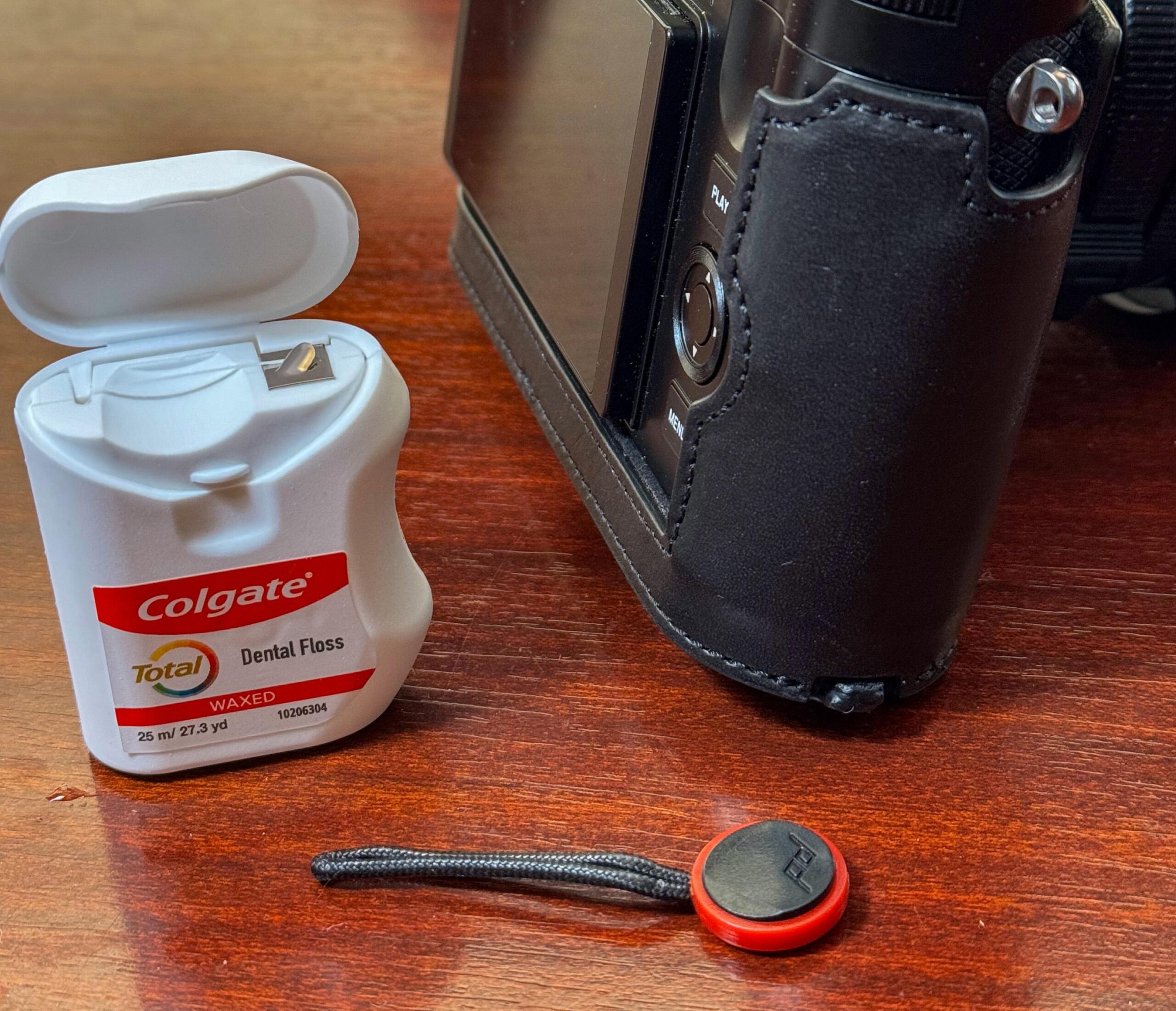







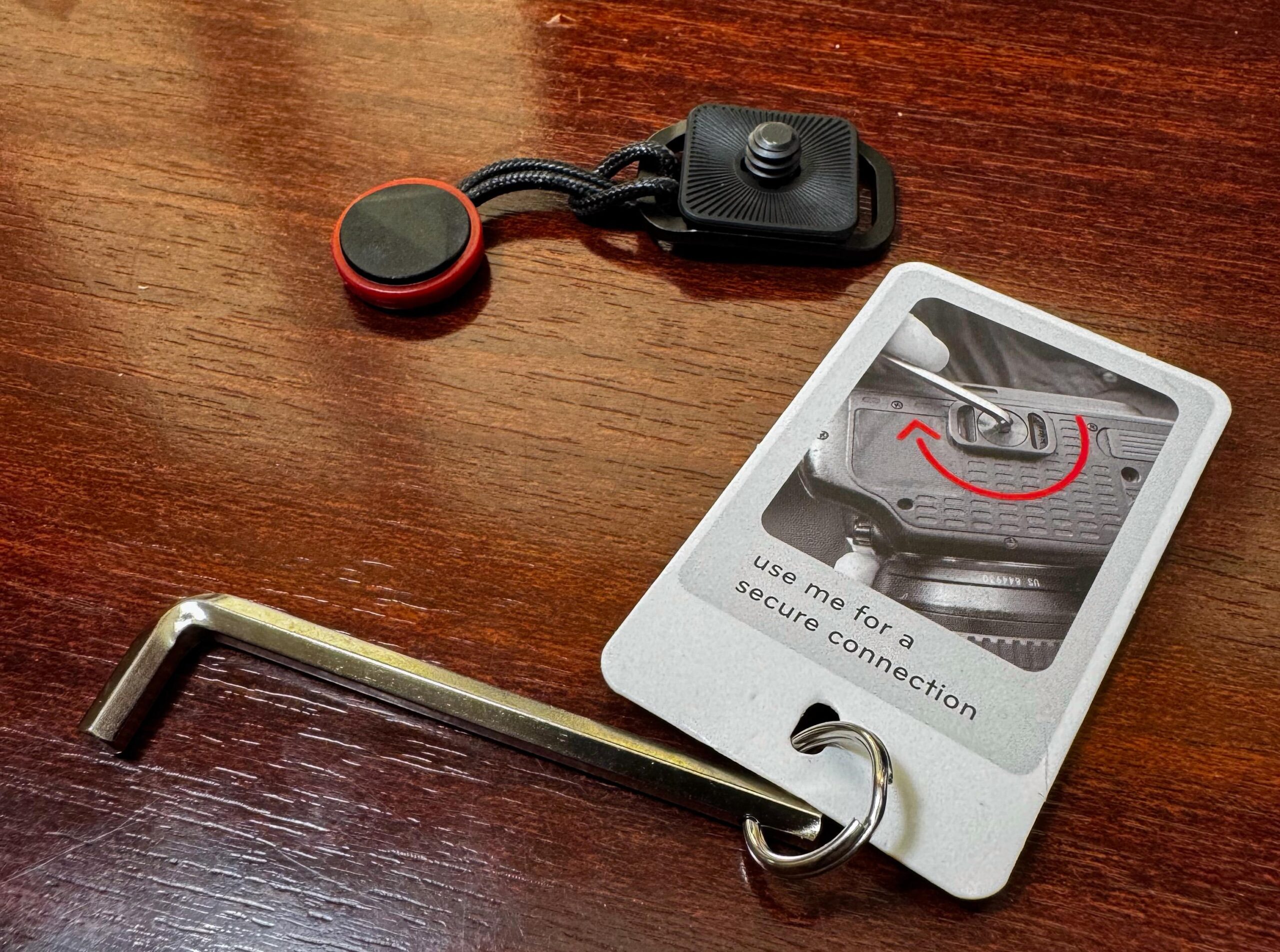
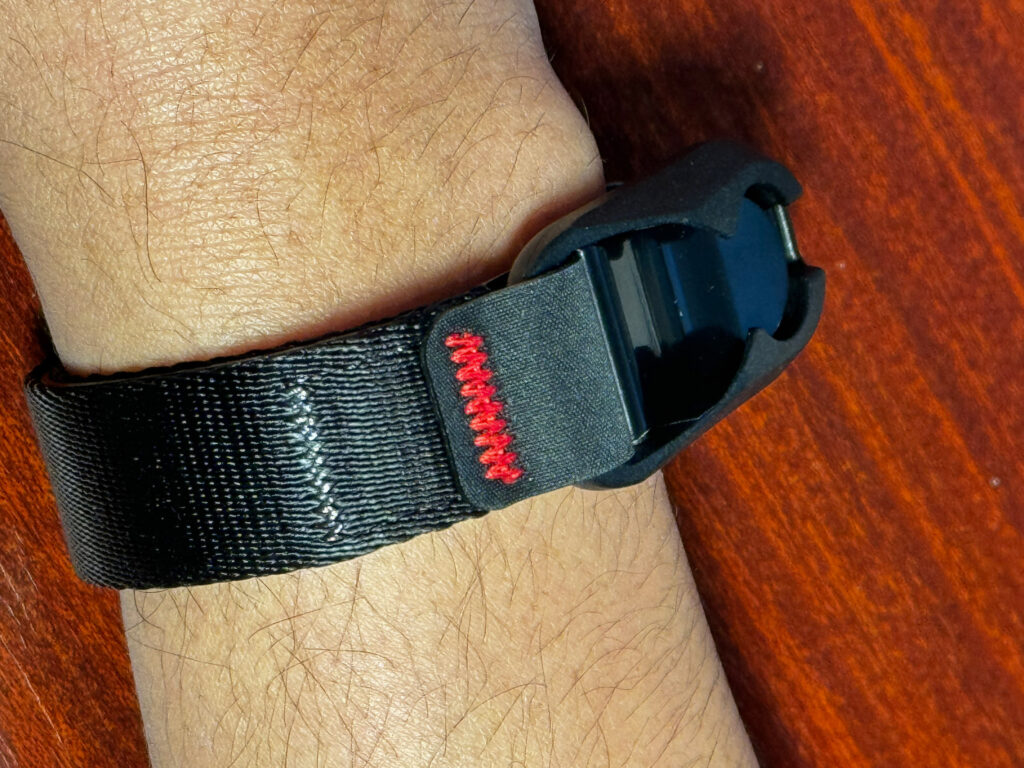




Very good review, but I can’t share your positive conclusion. To me, PD’s system is so typical of modern camera equipment – complex, expensive and looks like a great idea in the showroom. There’s certainly nothing wrong with the quality and the design is attractive, if a little overblown. On a 2Kg, plastic wrapped DSLR/Mirrorless camera with a telezoom, it’s all good – adjustable, comfy, versatile. But mount the clever PD tabs on a svelte, metal body lika Leica and the gawping, bulky, clumsy female anchor locks clatter, scratch, knock, catch buttons and generally make themselves a nuisance. A maximalist strap on a minimalist camera. Its a clever system, but further refinement is needed to the clumsy anchors – making them half the size and out of a soft touch material would be a start.
Thanks for the input, James. I am currently trying the PD tabs on the M11, Q3 and a brace of Panasonics. So far so good, but I will bear in mind your views and see if I reach the same conclusion. While I like the system, and the quality appears to be good, the jury is currently out.
Mike
Thanks for starting this thread — I was waiting for the new month, to buy these for my M.
I’ll wait ‘till I get Mike’s take, but they say patience is a virtur.
There is a German company, Seam Strap, that uses the PD anchor mounts but upgrades the materials to leather or nylon rope. They have wrist straps and neck straps — you can even customize the length of the neck strap. Their site is in German only, but it’s easy enough to navigate!
James, that is very intriguing, and thank you for the information. I have written to Seam Strap, and I will probably order the Anchor-equipped wrist strap for review purposes. It appears that several manufacturers are adopting the PD Anchor system, and this can only be good news for photographers.
Meanwhile, if readers wish to visit the site, this is the address. They are based in Freiberg am Neckar in Baden-Württemberg: https://seam-strap.de
This was a delightful read. I am currently camera-less, having just so,d my Fuji XT3, but I selfishly held on to my navy blue PD Cuff for whatever comes next. You may have enabled me by showing how nicely it fits into the Q3. … Thiugh now I also wonder if this trick would work with the lug on an XT5. I was using a split ring on the XT3 and it always felt like a bit too much stuff was dangling off the body.
Thank you, Robert. I believe the Peak Design Anchor can be coaxed through most traditional strap lugs. But the smaller the camera the more obtrusive the system gets. It’s ideal for the Q3 and most larger cameras. I didn’t attempt to attach it to the Ricoh GRIII, for instance, because I could see it would be just too big.
You can also buy Peak Design anchor links which has the female connector for the anchor tabs, but a conventional strap connector at the other end. That way you can convert your favourite strap to the Peak Design quick release system. I use the Leica SL2 strap with Peak Design connectors this way.
The cuff comes in two versions, an all black webbing type material, and a grey one which has a leather trim. I initially had the grey one until it got wet and the leather became stiff as a board. The black version is much better.
Thanks Tom. I too have the black cuff. It’s interesting to see how many readers are already using Peak Design equipment.
I have two tools I use to avoid the problem of split nails when installing or uninstalling camera straps: split-ring pliers or the small Swiss Army knife “Classic SD”.
The pliers open a gap between the rings to make threading easier. The knife has a screw driver point on the nail file (hence the SD designation) to open a gap when the pliers aren’t available.
I have a leather wrist strap made by a UK company that uses Peak Design Anchor links. I much prefer a leather strap to the Peak Design cloth strap. The company is 595strapco. I believe they also make leather neck straps using Peak Design links as well.
Best of both worlds for us strap lovers!
Thanks for this tip. I will investigate.
This guy is a genius. I’ve been using mini split rings for years thinking I was SO smart, then this guy comes along with some dental floss. Amazing tip, thank you (works in Nikon).
The good news is that you can recycle it for use on your teeth!
I use this system, with the Leash strap (does anybody else think “Leash” and “Cuff” are kinda BDSM-y?) but the thing I hate about them is the “Anchor Mount,” i.e. those big stupid plastic maracas clattering away against every piece of equipment. I still think there’s got to be a better way…
It did cross my mind. This seems to be an abiding theme when it comes to camera accessories. I remember that when Rock n’ Roll straps started out, back in 2015, the working title was “Tie Her Up Straps”. This was pretty logical from a Greek perspective, where a camera is a girl because it ends in “a” (as it is in German and probably many other languages). I did point out at the time that this might be a tad politically incorrect. Sure enough, the name had to be changed to Rock n’ Roll.
As far as the maracas are concerned (I welcome this description), I am currently pretty happy with them. But time might prove you are right. I can’t help feeling that the same objective could be achieved in a smaller coupling.
90kgs. I might roll out my now vintage Nikon D300s and the 70-200 mm mammoth and test one out. I used to use a rail hanger attached to the tripod socket as my strap system, and while highly effective, it meant having to remove the strap when taking mounted shots. A tad inconvenient for an incredibly innovative solution that saved my neck.
I currently use some of Ervis’s best wrist Rock’N’Roll numbers on both the X and DF, and I found Ervis to be super supportive when making strap decisions. Both are working fine after years of use, and I love them.
Evris is indeed one of the best. Super service.
I’ve had both of these straps for years now. The PD leash and wrist strap are high quality and definitely keep my cameras safe while they accompany me, but they’re not without their shortcomings.
I use the leash all the time with lighter cameras, especially when bag space is a premium. It works well for its intended purpose, but I wouldn’t use it with my S5 or S1 for longer than an hour as it’s so sturdy and thin that it really digs into the shoulder. For the heavier kit I tend to use the PD Slide as it’s wide and padded. It’s wonderful. I do want to try the Slide Light sometime as it may be the perfect compromise between the two.
The Cuff, it’s sturdy as you’ve described and there’s no way that I could drop my camera when using it, but it’s more of a noose than a “Cuff”. It takes two hands to remove it from my hand which means I need somewhere to lay the camera down while I free my hand from the hangman.
If ultimate security and confidence are the only imperatives, then Bob’s your uncle. However, if you carry a camera bag and pop your camera out for a quick shot then put it away, you may find the Cuff a hindrance rather than a help.
Of course , this is only my experience.
Thanks, Brandon. All useful points and I will bear them in mind as I get used to the straps. I can well imaging that the leash could be uncomfortable for long use and one of the alternatives could be the answer.
The Peak Design anchors are made of Dyneema, a very tough material. That said, the strap lugs have sharp edges and you should inspect the anchors periodically to make sure no yellow or red shows through. That is the sign the cord has abraded enough that a replacement is necessary:
https://shuttermuse.com/peak-design-anchor-links-and-connectors/#anchor-safety-warning
Thanks, Fazal. I did notice the early warning system (where yellow shows through to denote wear) but forgot to mention it in the review. All in all, they seem to have all the bases covered with this system.
Hi Mike,
I’ve been using Peak Design products for a few years, they are well designed and are extremely well made.
I use the cuff exclusively on my Q and FPL . One nice advantage of having the anchors on both sides of the cameras is that should I feel fatigue in one wrist or I need the use of the hand the camera is attached to in a matter of seconds I can safely change the camera over to the other wrist . A small thing but very useful.
Indeed, and two Anchors (as I have on my S5II) mean I have the choice of cuff or neck strap and can change my mind during the day. With the split-ring system, you’d never think of carrying a wrist strap and neck strap with a vague notion of swapping them over. It just doesn’t happen, so its one or the other for the whole day, irrespective of changing circumstances.
Thanks Mike,
Strapaholism is a serious condition that a number of us suffer from, and it can affect us at random. I have a number of straps which makes my closet where I keep them look like Bondage Central.
I have two PD Cuffs and they work really well, except in cold weather as you need to keep both hands warm with the camera in the bag. (Heated camera bags anyone?) With the Cuff it means detaching it from your wrist when you put the camera in the bag. It’s complicated because most of the time I’m left handed (so camera bag on my left where I’ve always had it) but obviously have to shoot right handed. Maybe I need to train myself to hang the bag on my right. (Shades on the Saville Row tailor asking “Which side does the Gentleman favour?”)
PS did the priests wear gaiters?
Time for my meds I think.
Indeed, I need to cautions on staphaholism since I am a lost cause: My name is Michael, and I am a strapaholic (bagaholic / lensaholic / camholic / add flavour and stir). I have not yet noticed problems with detaching the cuff from the camera, but I see your point. I am interested in the long-term reliability if the plastic Anchor is clicked and unclicked frequently. No doubt I will know more by the end of the winter.
I have been a satisfied user of the Cuff and Leash for quite a long time. I particularly like the flat profile of the Leash. The anchors are less satisfactory on the little Ricoh cameras, requiring a supplementary loop of waxed thread. PD told me that they were aware of the problem.
You are right, David, when it comes to the Ricoh. I moved the Anchor near to one of three slots on the Ricoh and realised it was never going to go through, dental floss or no dental floss. However, I realised that the system is too large for such a small camera. The Ricoh is best used with the sort of thin strap used for point-and-shoot cameras, exposure meters or smartphones.
Hi Mike, thanks a lot for bringing this strap system to our attention. It does indeed look very nifty. I like the idea of using just one wrist or neck strap for the entire collection of cameras. It looks a bit too tight to order one in time for stuffing in the Christmas stocking, but it’s never too late to buy a new piece of camera kit! Cheers, Stephen.
Thank you, Stephen… Something new for you to try! If you buy into the idea, why not write an article to let readers know what you think?